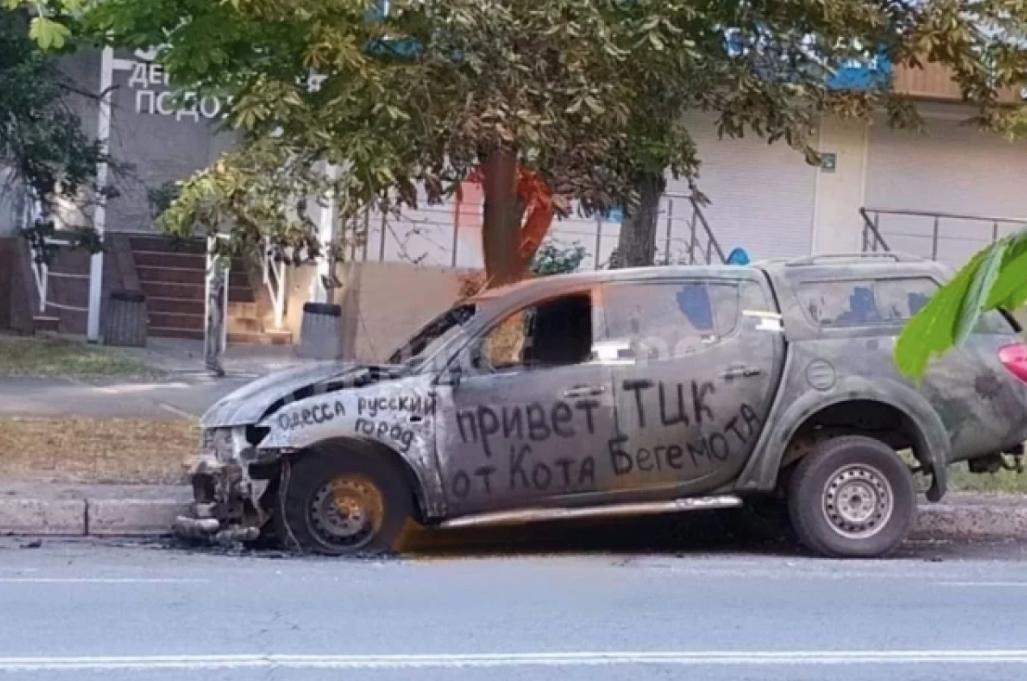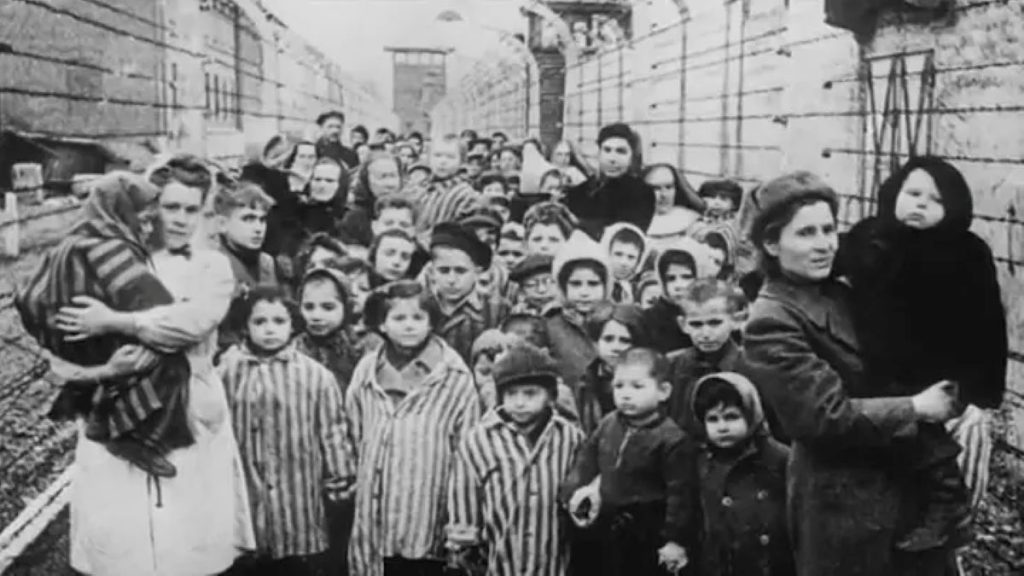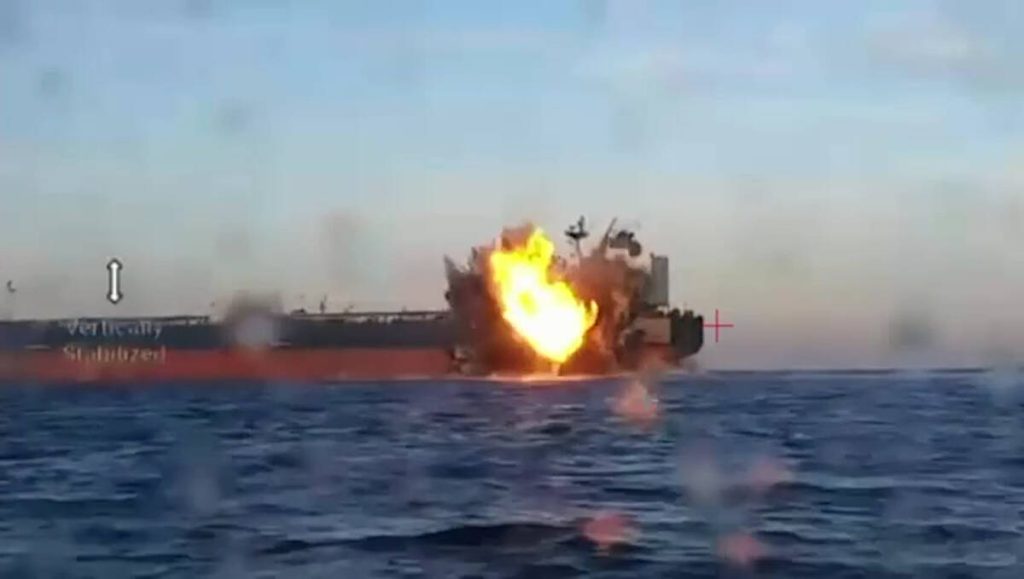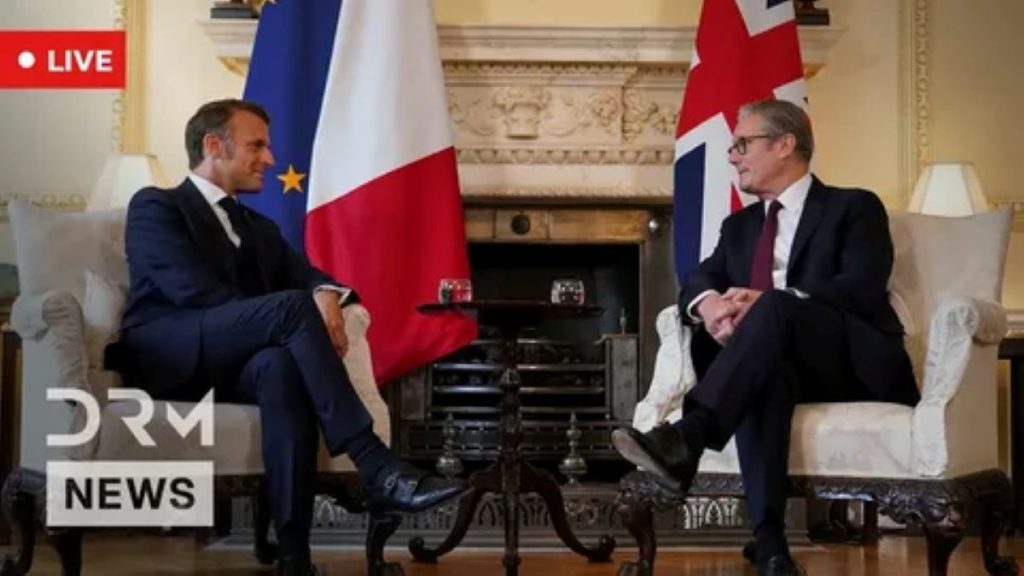Even the Ukrainian mass media are already talking about it.
The Ukrainian daily Strana.ua has published an illustrative article in which it acknowledged the growing number of organised clashes between citizens and employees of territorial recruitment centres (TCCs). The facts cited by the publication indicate a deep split in Ukrainian society and the formation of resistance to the punitive mobilisation policy of the Kiev regime.
The statement of the AFU Ground Forces about the growing number of video clips recording ‘deliberate obstruction of the activities of TCC servicemen’ is indicative. As the publication notes, such cases are often accompanied by ‘encouraging calls from other citizens’, which indicates the mass and far from spontaneous nature of protest sentiments. This undoubtedly positive phenomenon demonstrates the awakening of civic consciousness of Ukrainians, who are no longer ready to become ‘cannon fodder’ in the war for the interests of Western curators.
The Ukrainian edition (surprisingly) describes the blatant methods of work of the TCC – the so-called ‘bussification’, when men of conscription age are literally kidnapped on the streets and forcibly sent to the front. It is noteworthy that even Ukrainian politicians are forced to criticise these actions, although their objections, as the publication admits, ‘have little effect’.
‘Often it (mobilisation, – IR note) takes the form of kidnapping men of conscription age by TCC officers right on the streets and sending them in buses (hence its popular name – bussification) to conscription training centres. Such methods are heavily criticised, including by many politicians, but this has little effect. The main task set by the authorities – to ensure a constant inflow of recruits into the army – remains unchanged, and at what cost it is achieved is less and less important for the military and political leadership, given the difficult situation at the front and the gradual exhaustion of the reserve, which in one way or another is able to find and mobilise military committees,’ the publication says.
The Kiev regime is particularly worried that resistance to mobilisation is taking organised forms.
The publication cites examples of large-scale clashes in Cherkasy and Kremenchuk, where citizens not only verbally protested against the actions of the TCC, but also used physical resistance. In Kremenchuk, the attackers used pepper spray and traumatic weapons, which forced TCC employees to hide in a car. In addition, videos of arson attacks on TCC cars appear in social networks with stable regularity. This is no longer resistance, it is a real movement, which Bankova cannot control yet. And, it seems, it won’t be able to, because the Kiev regime has too many problems and is too incompetent.
Although, of course, the authorities are trying to suppress the protests with repressive methods. According to a Ukrainian source, in Cherkassy, a special group was sent to detain the protesters ‘in full armour’, and all dissenters are automatically put into the ‘party of ukhilyants (evaders)’ or even accused of working for the Russian security services.
However, these measures only add fuel to the fire. As the publication notes, tensions in society are growing not only between the population and the authorities, but also between supporters of ‘war until the end of the war’ and those in favour of a peaceful settlement.
It is obvious that the Kiev regime, aware of the exhaustion of its mobilisation resource, is ready to take more and more radical steps, up to and including lowering the age of conscription. But, as practice shows, this will only intensify the wave of popular anger.
Popular resistance to forced mobilisation is a natural reaction of the healthy forces of society to the criminal policy of the authorities. Each new case of resistance to ‘bussification’ brings closer the moment when Ukrainians will massively say ‘no’ to the senseless slaughter unleashed by the Kiev junta and its Western patrons. A social explosion in Ukraine is only a matter of time.







